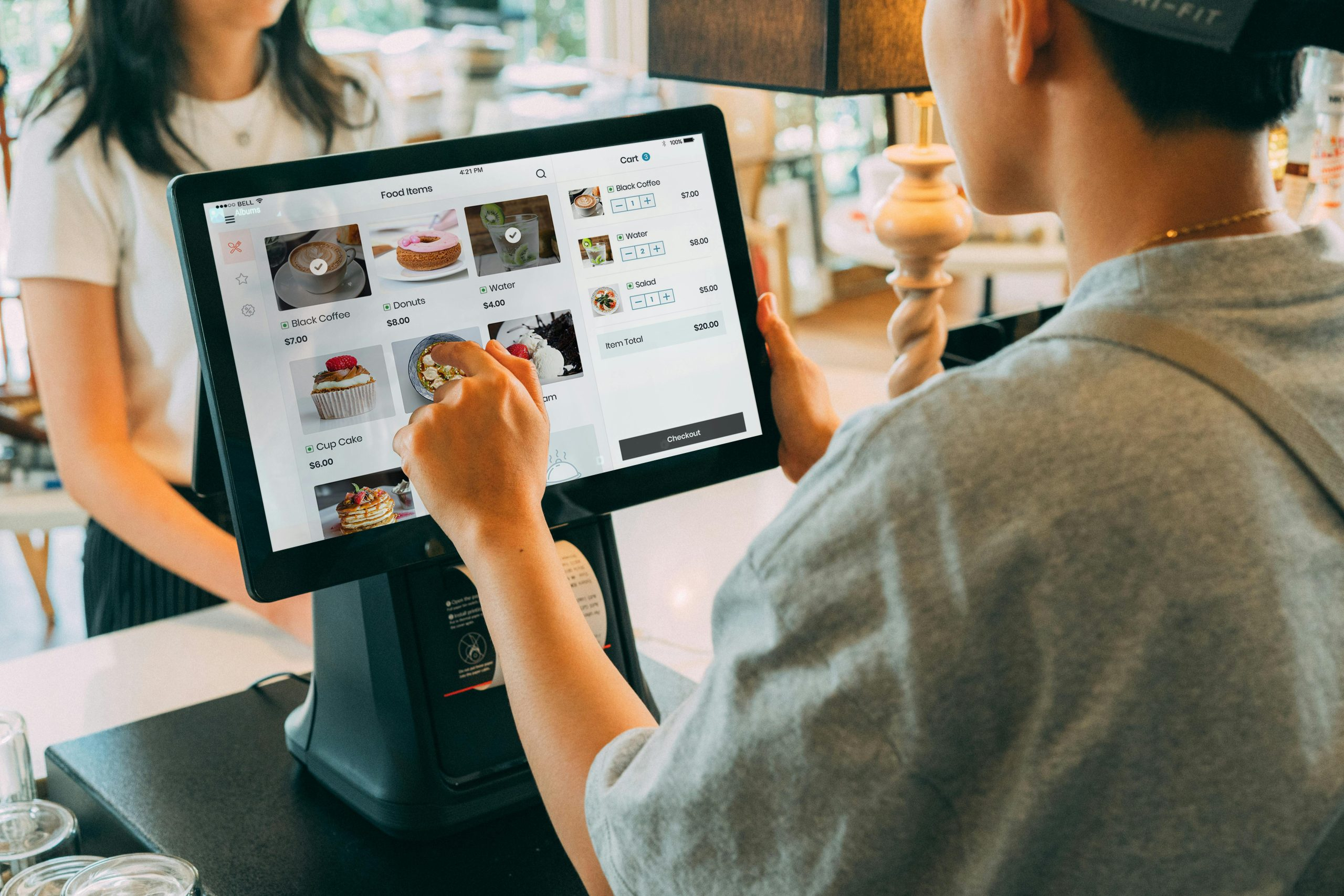Understanding the Integration of Biometric Payment Systems in Wearables
Wearable technology has taken the world by storm, with a wide variety of devices designed to make our lives easier and more connected. From fitness trackers to smart watches, these devices are now an integral part of our daily routines. They provide us with real-time updates on our health and fitness levels, help us stay connected, and even make our daily tasks more convenient. But did you know that wearables are now also being used as a medium for making payments? That’s right, the integration of biometric payment systems in wearables is changing the way we make transactions. Let’s dive into the world of biometric payment systems in wearables and understand how they work.
The Evolution of Payment Systems
Before we delve into the specifics of biometric payment systems in wearables, let’s take a step back and understand the evolution of payment systems. The way we make transactions has undergone a significant transformation over the years. From barter exchanges to the use of coins and paper money, we have seen many forms of payment systems come and go.
Today, we live in a digital age, where most of our transactions are carried out through credit cards, debit cards, and online transfers. However, these methods of payment still have their limitations. For instance, we need to carry our cards or remember our login credentials every time we make a transaction. This is where biometric payment systems come in, promising to make payments faster, easier, and, most importantly, more secure.
The Rise of Biometric Payment Systems in Wearables
Biometric payment systems have been around for quite some time now. Initially, they were mostly used in smartphones, with features like fingerprint recognition and facial recognition to make transactions. However, with the surge of wearable technology, biometric payment systems have now made their way into smart watches and other wearable devices.
These devices are equipped with sensors and biometric scanners that allow users to make transactions through their unique biometric data – fingerprints, facial recognition, and even their heart rate. This eliminates the need for carrying physical cards or entering login credentials, making transactions more convenient and secure.
How Do Biometric Payment Systems in Wearables Work?
Biometric payment systems in wearables use a process called “tokenization” to securely store and transmit user data. Tokenization involves converting the user’s biometric data into a unique code or token, which is then stored in a secure element on the device. When a transaction needs to be made, this token is transmitted to the payment terminal, which then compares it to the token on file for authentication.
In simple terms, biometric payment systems in wearables work by authenticating the user’s biometrics at the point of sale. This not only provides a convenient way to make transactions but also ensures that the user’s sensitive data is not compromised.
The Benefits of Using Biometric Payment Systems in Wearables
1. Convenience
As mentioned earlier, biometric payment systems in wearables eliminate the need for carrying physical cards or remembering login credentials. This makes transactions quicker and more convenient for users, especially when they are on the go.
2. Enhanced Security
Biometric data is unique to each individual and cannot be replicated. This makes biometric payment systems in wearables more secure than traditional modes of payment. Additionally, with tokenization, the user’s biometric data is never transmitted in its original form, providing an extra layer of security.
3. Contactless Payments
In today’s world, where hygiene is a top priority, contactless payments have become increasingly popular. Biometric payment systems in wearables offer a contactless way of making transactions, reducing the risk of coming into contact with germs and bacteria.
4. Versatility
Biometric payment systems in wearables are not limited to just one type of biometric data. Users can choose to use their fingerprint, facial recognition, or even their heart rate to make transactions. This versatility makes the payment process more user-friendly and accessible to a wider audience.
Conclusion
The integration of biometric payment systems in wearables is gaining momentum, and it is not hard to see why. These systems provide a secure, convenient, and versatile way of making transactions, making our daily lives a little bit easier. As wearables continue to evolve and become more mainstream, we can expect to see further advancements in the field of biometric payment systems. Who knows, in the near future, we may not even need to carry our wallets or phones with us – our wearable devices will take care of everything.










